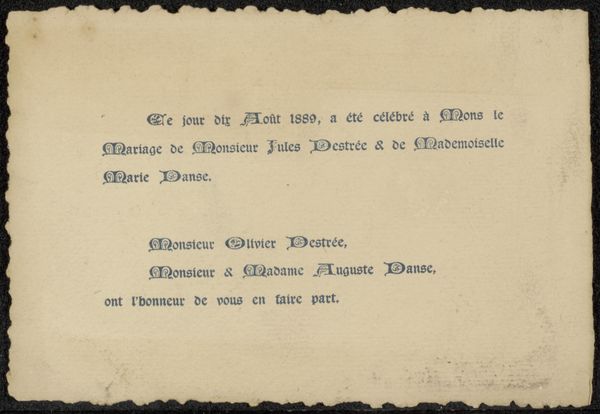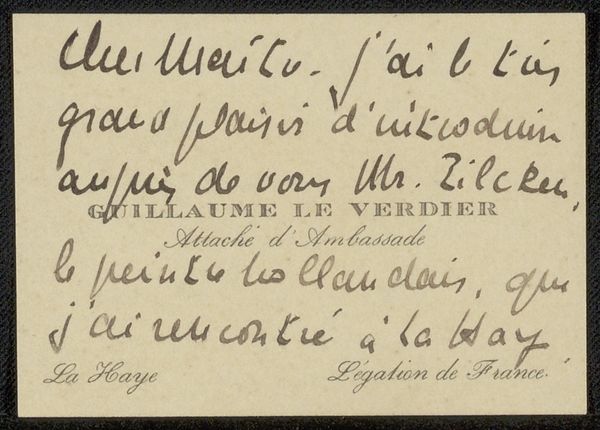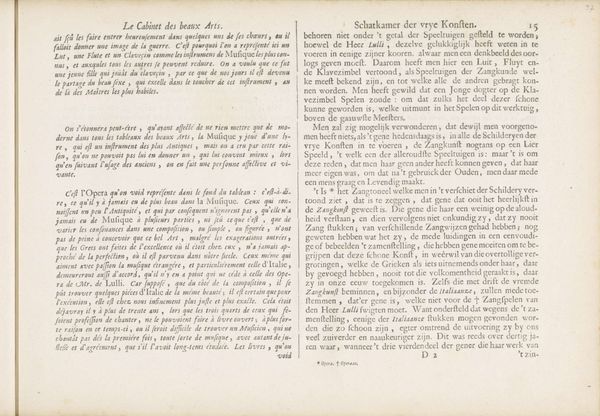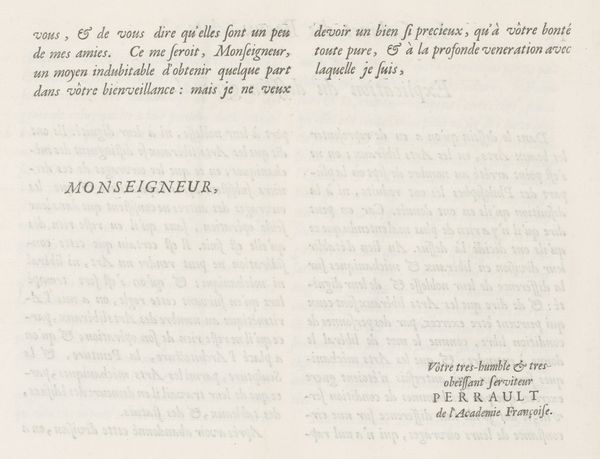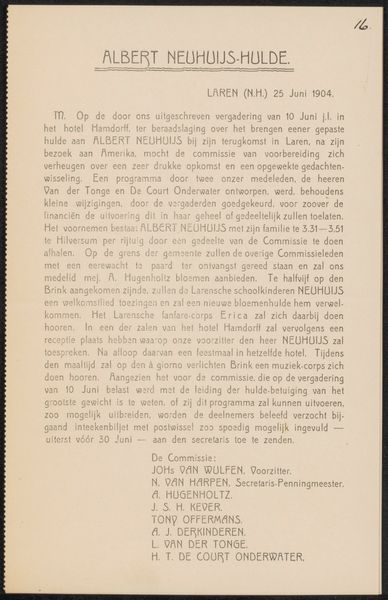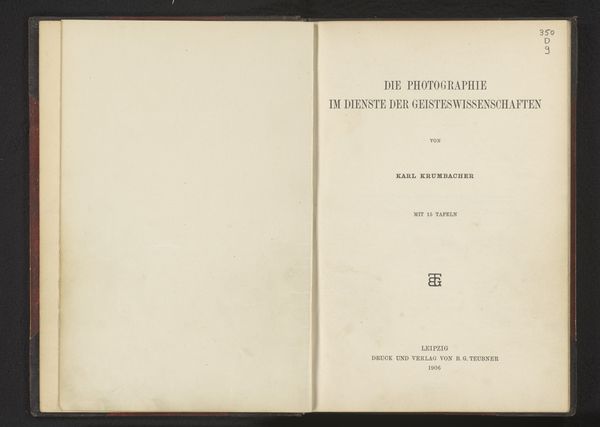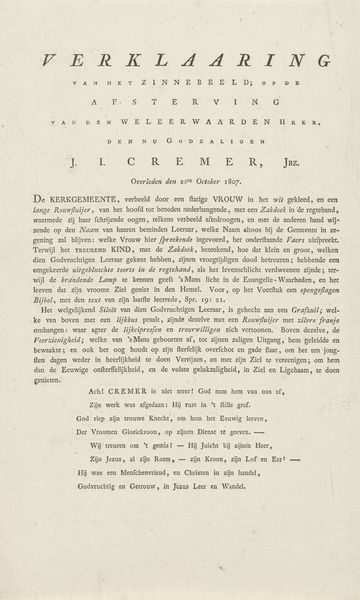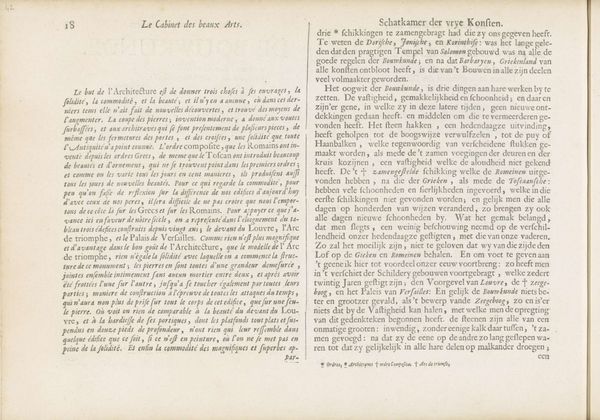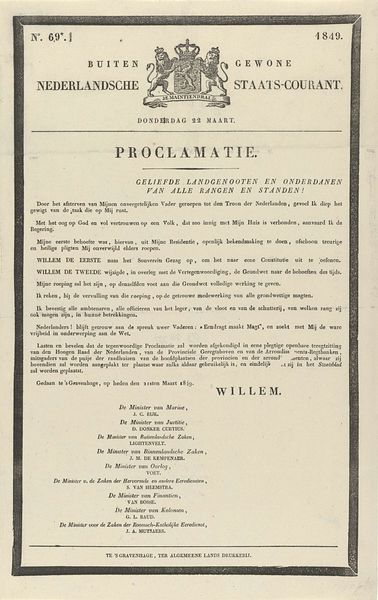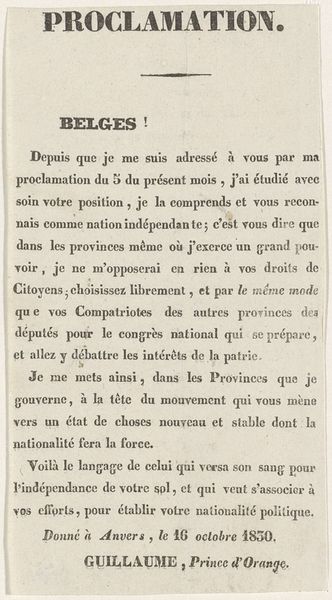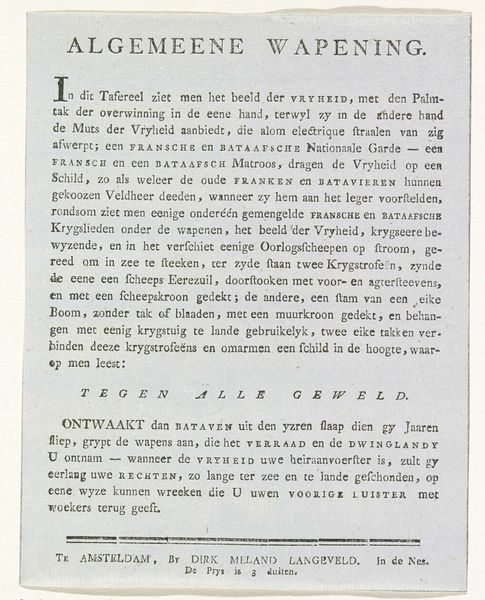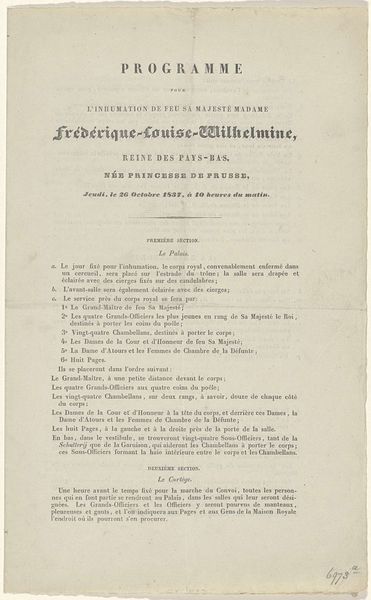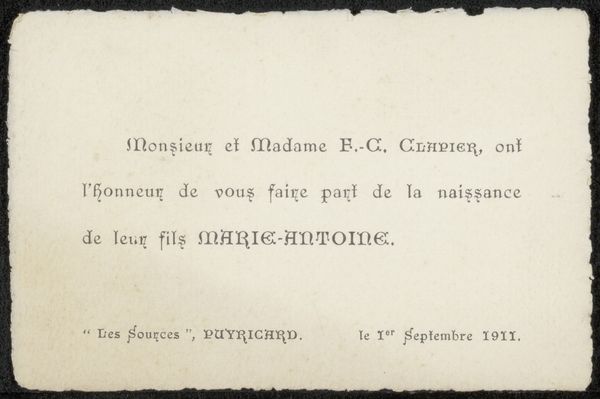
graphic-art, print
#
graphic-art
# print
#
text
#
symbolism
#
monochrome
Copyright: Public domain
Curator: I must say, standing before "First Communion of Anaemic Young Girls in the Snow" from 1883, one is struck, first, by its... emptiness. Editor: Empty? Well, I find that quite telling. It evokes a sense of profound absence, loss, almost as if a memory is fading before our eyes. The supposed subject—these girls—are conspicuous in their… absence. Curator: Exactly. The artist here, Alphonse Allais, created what is essentially a blank print to convey his concept. Its cultural significance lies in its subversive challenge to artistic conventions, really pushing the boundaries of what could be considered art in the late 19th century. A blank monochrome to depict this… Editor: Yes! The monochrome heightens the symbolic weight, for me anyway, of purity and perhaps, the literal paleness associated with anaemia, or Chlorosis, which was associated at the time with young women suffering what was seen as nervous or listless disorders. It transforms the visual expectation into something deeper, a comment on social realities, or even… an inner state? Curator: Certainly. It questions societal expectations, the ritual of First Communion, even the very role of art itself. This isn't about portraying beauty; it’s a stark statement about absence and expectation. Think of what it might say about representation. And isn’t Allais also taking a playful jab at Symbolism as a movement itself? Editor: Oh, I like that point! And beyond art, I think it opens doors into considerations of how society, in a sense, makes certain girls invisible. How disease or their economic position made them just disappear. In many ways it asks: what and who do we chose to depict, to represent? And what gets overlooked, is erased. Curator: Precisely. Its power lies in this intentional void, forcing us to confront what isn't there and prompting contemplation on visibility, representation, and the inherent assumptions within art and society. Editor: Yes, ultimately this so-called 'graphic art' print, lacking visual elements, becomes a powerful symbolic gesture, making one stop and consider the cultural narratives that shape our perceptions, both artistic and social.
Comments
No comments
Be the first to comment and join the conversation on the ultimate creative platform.
